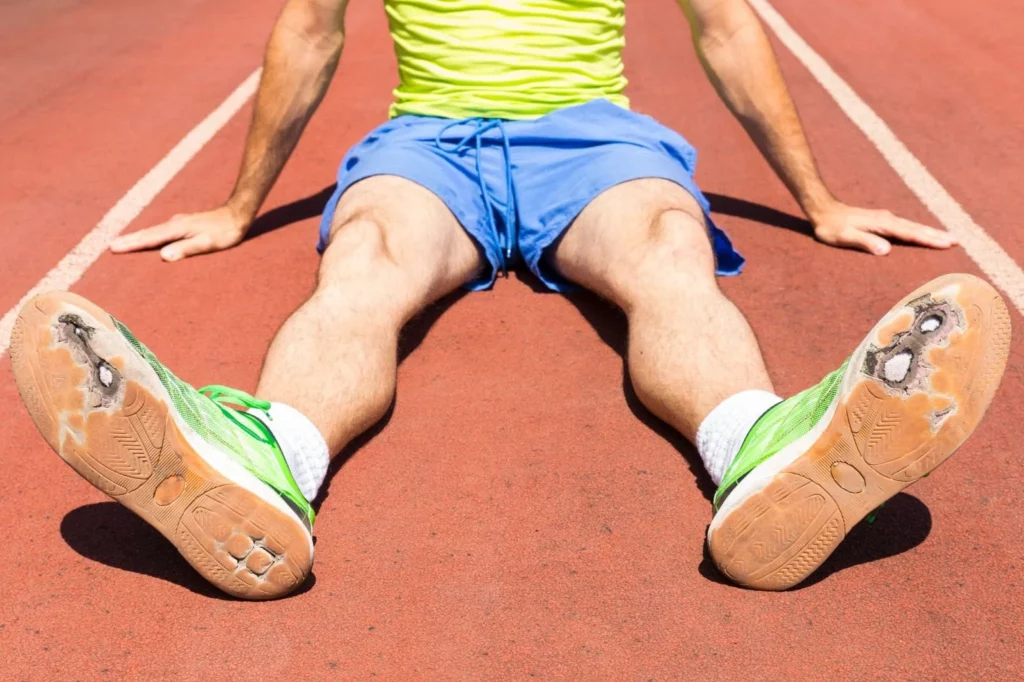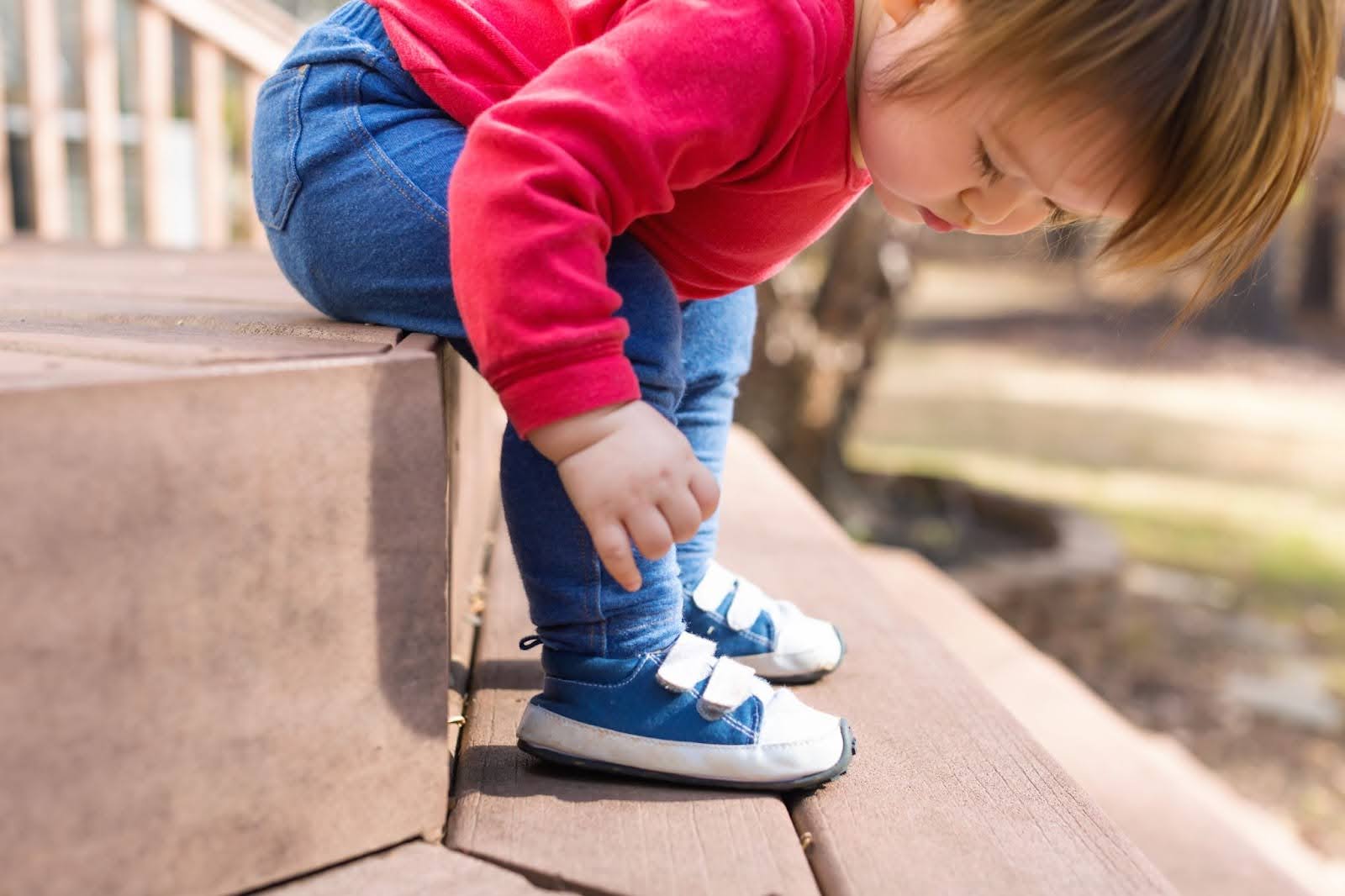Please note: The Zappos for Good shipping label service is temporarily unavailable. We’re currently working to resolve the issue and apologize for the inconvenience. In the meantime, you can still donate your shoes at a drop off location near you. Click here to find a location.
- Who We Are ▼
- Our Work ▼
- Get Involved ▼
- Who We Are ▼
- Our Work ▼
- Get Involved ▼
- Our Work ▼
- Our Work ▼



